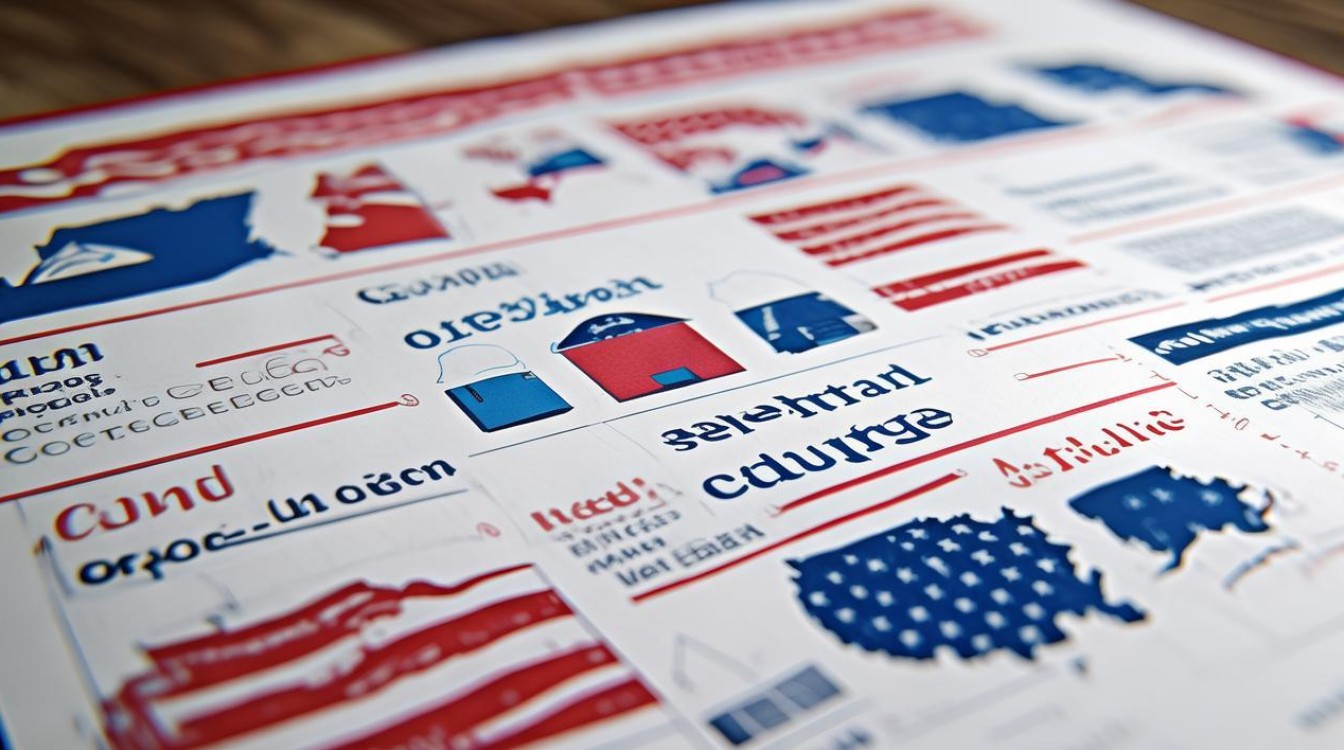The U.S. presidential election is a complex process with unique terminology that often confuses international observers. Whether you're an English learner, political enthusiast, or simply curious about American democracy, mastering these terms will help you better understand news coverage and discussions.

Fundamental Election Terms
Primary vs. Caucus
Political parties use these methods to select their presidential nominees. A primary is a state-run election where voters cast secret ballots for their preferred candidate. Primaries can be closed (only registered party members vote) or open (any voter participates).
A caucus involves in-person meetings where voters openly debate and align with candidates through multiple rounds of voting. Iowa's first-in-the-nation caucus famously kicks off the election cycle.
Delegates and Superdelegates
Candidates compete for delegates—party representatives who formally nominate the presidential candidate at the National Convention. Most delegates are pledged to specific candidates based on primary/caucus results.
Superdelegates (Democratic Party term) are high-ranking party officials who can support any candidate, though their influence was reduced after 2016. Republicans have unbound delegates in some states.
Electoral College
The U.S. uses this system to elect presidents. Each state gets electors equal to its congressional representation (Senators + House members). A candidate needs 270+ electoral votes to win. Most states award all electors to the statewide popular vote winner (winner-takes-all), except Maine and Nebraska, which split votes by congressional district.
Campaign and Voting Terminology
Swing States/Battleground States
These are competitive states where either party could win, such as Florida, Pennsylvania, or Michigan. Candidates focus heavily here, unlike safe states that consistently favor one party.
Absentee Ballot vs. Mail-In Voting
Both refer to voting by mail, but terminology varies:

- Absentee voting traditionally required an excuse (e.g., military service).
- Mail-in voting allows any voter to request a ballot without justification, now permanent in states like Colorado and Oregon.
Early Voting
Many states offer in-person voting days or weeks before Election Day to increase accessibility. Over 40% of 2020 votes were cast early.
Political Roles and Processes
Incumbent
The current officeholder running for re-election. Incumbents typically have name recognition and fundraising advantages.
Running Mate
The vice presidential candidate, chosen to "balance the ticket" (appeal to different demographics or regions). For example, a Northeastern senator might pick a Southern governor.
Nomination
The formal selection of a party's candidate at the National Convention, held in summer before the November election. Once symbolic, conventions now ratify primary results through delegate counts.
Media and Polling Jargon
Exit Polls
Surveys of voters leaving polling places, used to predict outcomes and analyze voter demographics. Major networks caution against calling races until polls close.
Approval Rating
A percentage measuring public satisfaction with a president or official. Below 50% often signals re-election risk.
Grassroots Movement
A campaign driven by local volunteers rather than party elites, e.g., Barack Obama's 2008 organizing or Bernie Sanders' small-donor fundraising.

Controversial Concepts
Gerrymandering
Redrawing congressional districts to favor one party, often creating oddly shaped maps. Courts have struck down extreme cases as unconstitutional.
Voter Suppression
Policies critics argue disproportionately hinder minority voting, such as strict ID laws or polling place reductions. Proponents cite fraud prevention.
Faithless Elector
An Electoral College member who votes against their state's popular choice. Some states impose fines, but Supreme Court ruled (2020) they can mandate electors' compliance.
Key Institutions
Federal Election Commission (FEC)
Independent agency enforcing campaign finance laws, including donation limits and disclosure requirements.
Secret Service
Protects presidential candidates post-nomination. Threats against candidates trigger earlier protection—a reality since Robert Kennedy's 1968 assassination.
Modern Election Trends
Dark Money
Political spending by nonprofits that don’t disclose donors, enabled by Citizens United v. FEC (2010). Both parties utilize it, though criticism crosses ideological lines.
Disinformation
Deliberately false information spread to influence voters. Examples include 2016’s "Pizzagate" conspiracy or 2020’s mail-in ballot fraud claims.

Blue Wave/Red Wave
Media terms predicting a Democratic (blue) or Republican (red) landslide. Midterm elections often test the president’s party strength.
Understanding these terms demystifies the U.S. electoral process. While the system has complexities—and occasional controversies—it reflects the nation’s federal structure and historical compromises. As global interest in American politics grows, this vocabulary becomes essential for informed analysis.
The next time you read about "swing states" or "superdelegates," you'll grasp not just the words, but their significance in shaping the world's most watched election.



